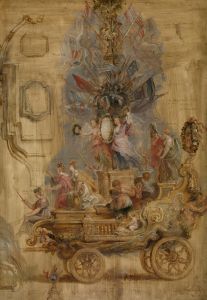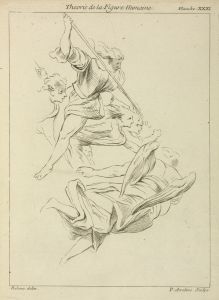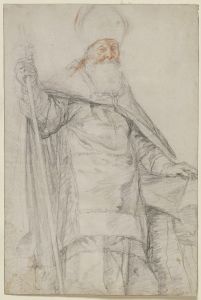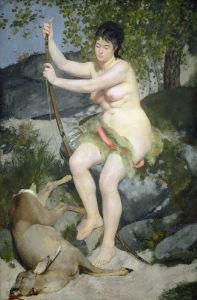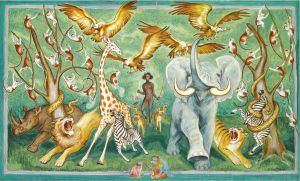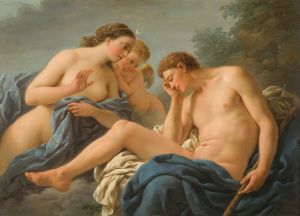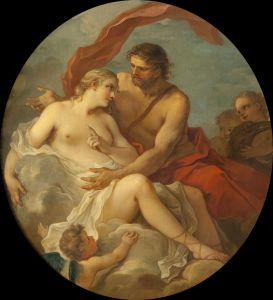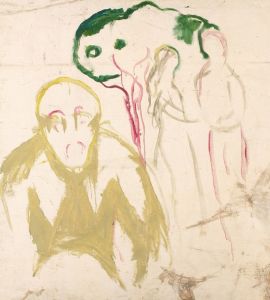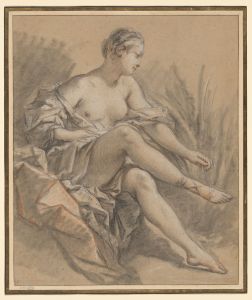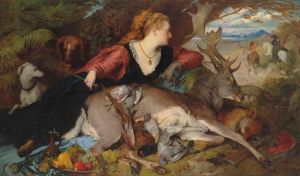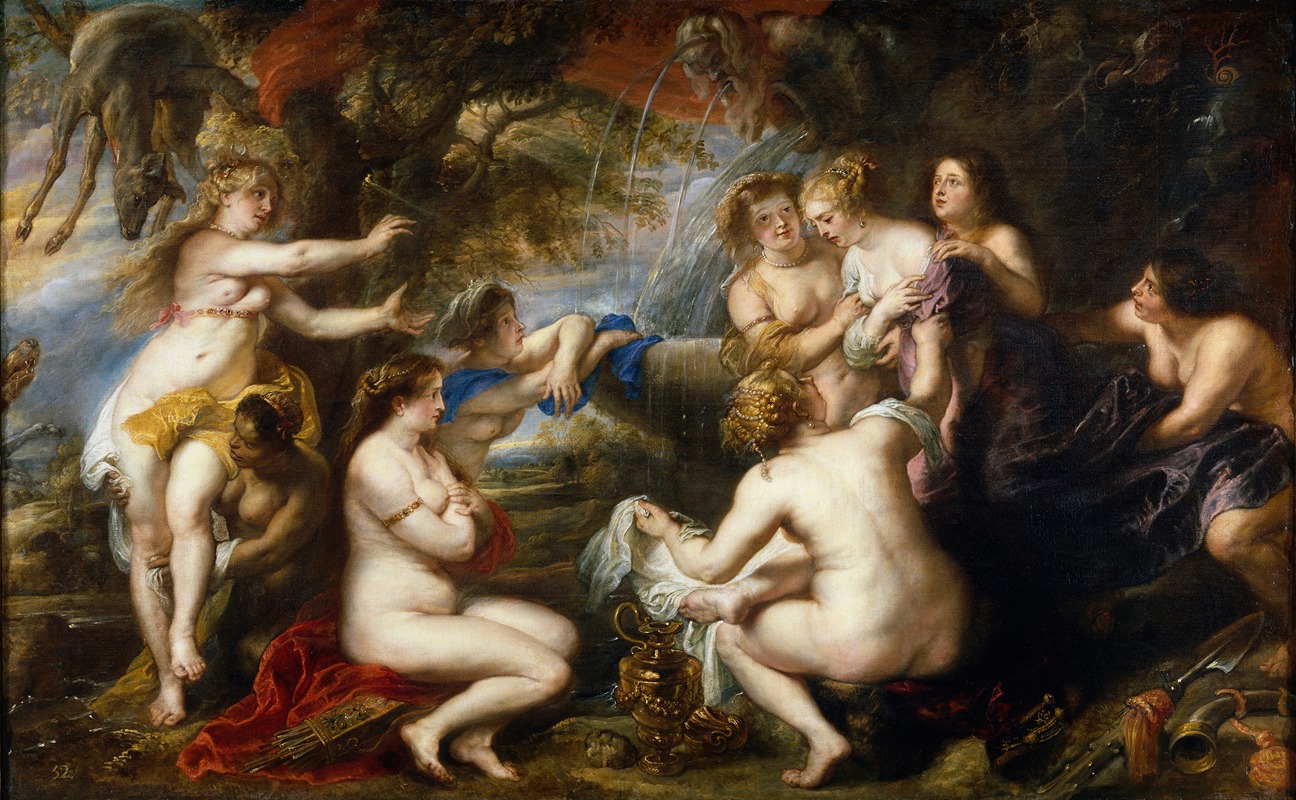
Diana And Callisto
A hand-painted replica of Peter Paul Rubens’s masterpiece Diana And Callisto, meticulously crafted by professional artists to capture the true essence of the original. Each piece is created with museum-quality canvas and rare mineral pigments, carefully painted by experienced artists with delicate brushstrokes and rich, layered colors to perfectly recreate the texture of the original artwork. Unlike machine-printed reproductions, this hand-painted version brings the painting to life, infused with the artist’s emotions and skill in every stroke. Whether for personal collection or home decoration, it instantly elevates the artistic atmosphere of any space.
Peter Paul Rubens, a prominent Flemish Baroque painter, is renowned for his dynamic compositions and vibrant use of color. Among his extensive oeuvre, the painting "Diana and Callisto" stands out as a notable work, although specific details about this particular painting by Rubens are not widely documented. However, Rubens did create several works inspired by mythological themes, and his style and approach to such subjects can provide context for understanding how he might have approached a theme like "Diana and Callisto."
"Diana and Callisto" is a subject derived from Ovid's "Metamorphoses," a classical text that has inspired countless artists over the centuries. The story involves the goddess Diana, known for her chastity and association with the hunt, and Callisto, one of her nymphs. Callisto, who is seduced by Jupiter (Zeus in Greek mythology) and becomes pregnant, tries to hide her condition. Eventually, Diana discovers Callisto's pregnancy while the nymphs are bathing, leading to Callisto's expulsion from Diana's chaste entourage. This narrative is rich with themes of transformation, betrayal, and the harsh consequences of divine interactions with mortals.
Rubens, known for his ability to convey emotion and movement, often depicted mythological scenes with a dramatic flair that emphasized the human elements of these ancient stories. His works typically feature robust figures, dynamic compositions, and a masterful use of light and shadow to create a sense of depth and drama. In paintings of similar themes, Rubens often captured the moment of discovery or transformation, focusing on the emotional intensity of the scene.
While specific details about Rubens' version of "Diana and Callisto" are scarce, it is likely that he would have employed his characteristic style to highlight the tension and drama inherent in the story. His use of vivid colors and dynamic poses would serve to draw the viewer into the narrative, emphasizing the emotional and moral complexities faced by the characters.
Rubens' influence on Baroque art is significant, and his interpretations of mythological subjects have left a lasting impact on the art world. His ability to blend classical themes with the Baroque style's emphasis on movement and emotion made his works particularly compelling. Although the details of "Diana and Callisto" by Rubens are not extensively documented, understanding his broader approach to similar subjects can provide insight into how he might have approached this mythological tale.
In summary, while specific information about a painting titled "Diana and Callisto" by Peter Paul Rubens is limited, his general approach to mythological themes suggests a work rich in emotion, drama, and dynamic composition, consistent with his renowned Baroque style.







